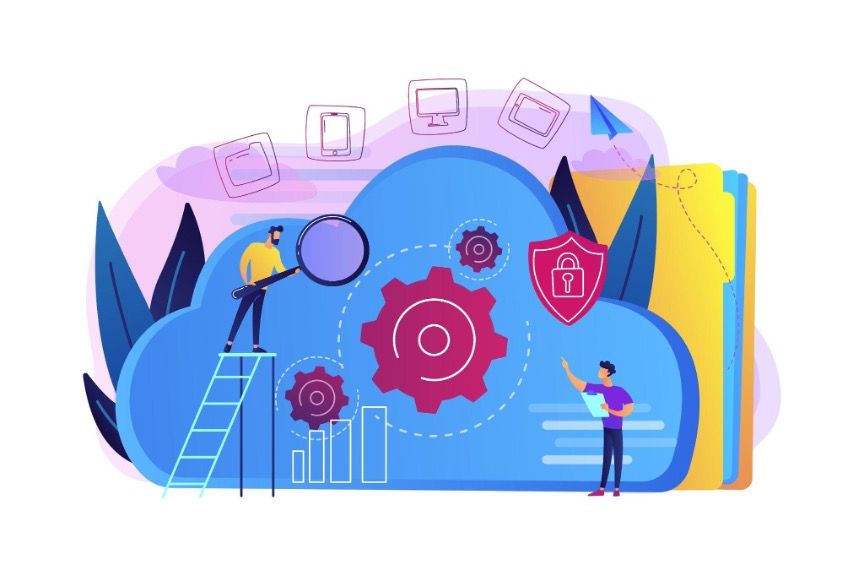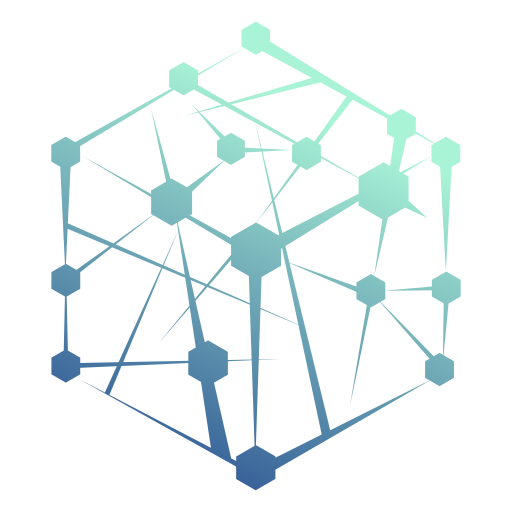Uncovering the Hidden Costs of Cloud Resources - How to Identify and Track Unused Resources

Cloud computing has become an integral part of many businesses. It provides organizations with the flexibility and scalability they need to grow and remain competitive in a digital world. However, cloud computing is not without its challenges. One of the biggest challenges is managing the costs associated with cloud resources. In this blog, we will explore the hidden costs of cloud resources and how to identify and track unused resources.
Introduction to Cloud Resources
Cloud computing is a form of computing that relies on remote servers, commonly referred to as the "cloud," to store and process data. Cloud computing is extremely convenient as it allows users to access data from any location and device with an internet connection. This flexibility eliminates the need for physical hardware, such as servers, and allows businesses to save money and resources.
However, cloud computing also has its drawbacks. One of the biggest drawbacks is the potential for unexpected costs.
Understanding the Hidden Costs of Cloud Resources
The hidden costs of cloud resources can add up quickly and can have a significant impact on a business’s bottom line. To understand how to identify and track unused resources, it is important to first understand the various costs associated with cloud resources.
The first cost to consider is the actual cost of the cloud resources. This includes the cost of the cloud storage, data transfer, and computing resources. The cost of the cloud resources varies depending on the type of cloud provider, the usage of the resources, and the size of the organization.
The second cost to consider is the cost of maintenance. Cloud resources need to be monitored, maintained, and upgraded on a regular basis. This can involve paying for additional resources, such as additional storage and computing capacity, as well as paying for technical support.
The third cost to consider is the cost of security. Cloud resources are vulnerable to security threats and organizations need to invest in security measures to protect their data. This can include investing in encryption software and hiring security personnel.
The fourth cost to consider is the cost of compliance. Many organizations must adhere to certain regulations and standards when using cloud resources. This can involve investing in compliance software and making sure that the organization is compliant with all applicable laws and regulations.
The last cost to consider is the cost of support. Cloud resources often require technical support and it is important to invest in the right support staff. This can involve hiring additional personnel or outsourcing support services.
These costs can add up quickly and can have a significant impact on a business’s bottom line. This is why it is important to identify and track unused resources to minimize the costs associated with cloud resources.
Identifying Unused Resources
Identifying unused resources is the first step to managing costs associated with cloud resources. Unused resources can include anything from unused storage space to unused computing capacity. It is important to identify these resources so that they can be tracked and managed more effectively.
As businesses expand, cloud computing enables quick deployment of new or additional resources. However, after switching to new services and resources, it's also easy and common to leave behind resources that are no longer needed. These can quickly add up and have an impact on the bottom line of a company.
There are several ways to identify unused resources, some of which include:
● Cloud provider’s dashboard - Many cloud providers have dashboard that can be used to monitor and manage resources. The dashboard can be used to identify unused resources, such as storage space or computing capacity.
● Resource management tool - These tools can be used to monitor and manage resources in real-time. This allows organizations to quickly identify unused resources and take appropriate action.
● Cost management tool - Cost management tools can be used to track and analyze cloud resource usage. This allows organizations to identify resources that are not being used and take action to reduce costs.
● Cloud resource manager - This is a tool that can be used to monitor and manage cloud resources in real-time. It is a powerful tool that can be used to identify unused resources and take action to reduce costs.
Tips for Minimizing Unused Resources
Once unused resources have been identified and tracked, the next step is to take action to minimize them. Here are some tips for minimizing unused resources:
● Use cloud resource management tools to monitor resources in real-time.
● Automate resource management tasks to reduce the manual effort required.
● Use cost management tools to track and analyze resource usage.
● Leverage machine learning and AI to identify unused resources.
● Utilize cloud resource optimization techniques to minimize unused resources.
With these tips, organisations can reduce the amount of resources that aren't being used and reduce the cost of cloud resources.
Using the Cloud Resource Manager
The cloud resource manager is a powerful tool that can be used to monitor and manage cloud resources in real-time. It is a powerful tool that can be used to monitor resource usage and identify patterns in resource usage. It can help you find resources that aren't being used and take steps to cut costs including automate resource management tasks.
Cloud Computing Management Strategies
Once unused resources have been identified and tracked, the next step is to develop a cloud computing management strategy. This is a plan that outlines how the organization will manage and track its cloud resources and It can include cost allocation and chargeback within the organization.
Organizations can reduce the amount of unused cloud resources and lower cloud resource costs by developing a plan for cloud computing management and improving cost visibility and allocation for specific projects, products, and teams.
Conclusion
Cloud computing is an essential part of many businesses. It provides organizations with the flexibility and scalability they need to remain competitive in a digital world. However, cloud computing is not without its challenges. One of the biggest challenges is managing the hidden costs of cloud resources.
In this blog, we discussed the hidden costs of cloud resources and how to identify and track unused resources. We discussed how to identify unused resources and how to track them. We also discussed tips and strategies for minimizing unused resources and managing cloud resources.
